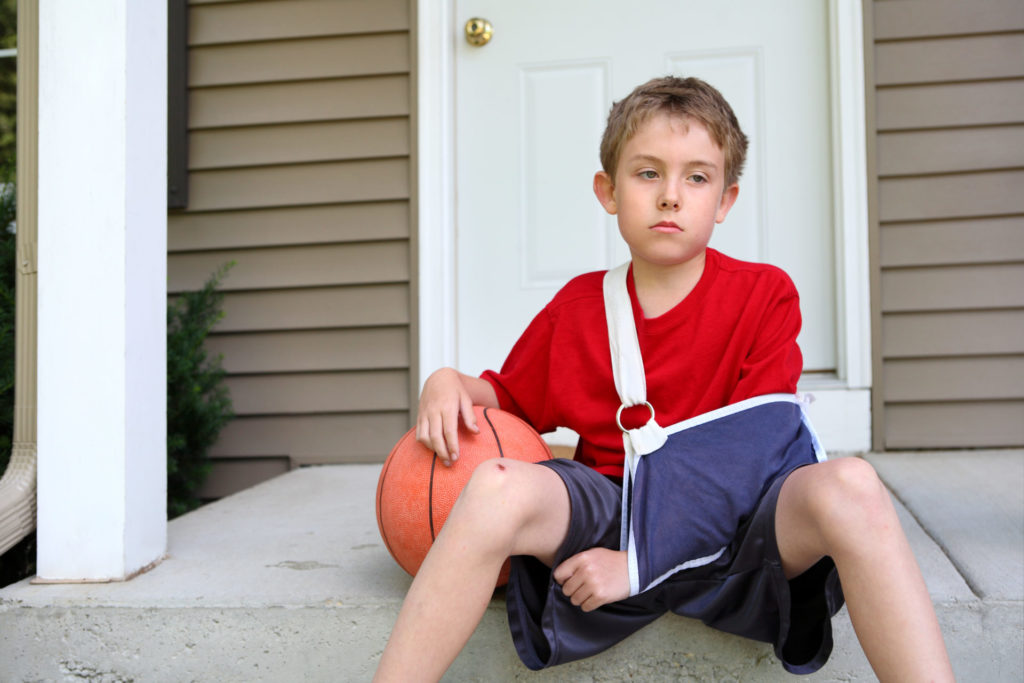
Injuries
Injuries appear in two forms: suddenly and gradually. One example of a sudden injury is a torn ACL when skiing: too much torque is applied to the hinge joint of the knee, which was not designed to withstand those forces. These types of injuries usually result in immediate, intense pain, and often require surgical intervention.
Gradual injuries are more insidious and the pain builds over time. Think of glacier retreat. When scientists want to demonstrate dramatic ice loss, one effective tool is time-lapse footage. The changes are too incremental to notice without that kind of technology. Gradual injuries can often be rehabbed without surgery and are always the result of poor movement patterns. This category of injury also has a domino effect since the pain initially starts out mild, can be masked with medication, and triggers compensatory movements.
In my professional opinion, doctors prescribe too many pain-killers, rather than guide their patients towards therapy to resolve the root cause. Pain isn’t fun, but I have the utmost respect for the body’s communication pathways and would never seek to muzzle them.
The body will not let you move in ways that exacerbate injury. Let’s use hip osteoarthritis as an example. Cartilage breakdown is a gradual process. I work with clients who sometimes show signs of osteoarthritis before a formal diagnosis: they complain of pain with specific movements, they experience sharp pain with certain movements, and their gait begins to reveal an underlying problem. That’s when I recommend they get an evaluation from an orthopedic surgeon.
Once osteoarthritis has progressed to a certain point, stretching in some directions becomes literally impossible. Trying to stretch a client’s adductors who needs a hip replacement is like trying to bend a steel beam. The brain knows the joint is compromised and installs what Gray Cook brilliantly described in one seminar as a “parking brake” to protect from further injury. The brain decides that bone-on-bone movement is not safe and shuts down mobility. The person begins to limp and feel tight as the brain progressively limits motion in an attempt at self-preservation.
The only option at that point is hip replacement surgery and I watch some clients struggle with that decision. They try anti-inflammatory injections and physical therapy, but those are often delaying tactics. Surgery is in the wings. With a good surgeon and an attentive physical therapist, pain-free movement can be restored. I cannot stress enough the importance of a comprehensive post-surgery protocol. You need a good team, and you need to be a star player. What you put into your own recovery determines the outcome.
It’s also important to look at the big picture moving forward. Staying with the hip replacement example, its often contraindicated to hinge the hip less than 90º post-surgery due to the increased risk of dislocation. In that case, maybe your 6’2” frame needs an SUV instead of a low-profile midlife crisis car with bucket seats. Just sayin’.
